- JST Home
- /
- Strategic Basic Research Programs
- /
 ACT-X
ACT-X- /
- Research Director/
- Life Phenomena and Materials/
- [Life Phenomena and Materials] Year Started : 2022
[Life Phenomena and Materials] Year Started : 2022
Kojiro Ishibashi
Intercellular communication through signaling DNA
Grant No.:JPMJAX2221
Researcher
Kojiro Ishibashi
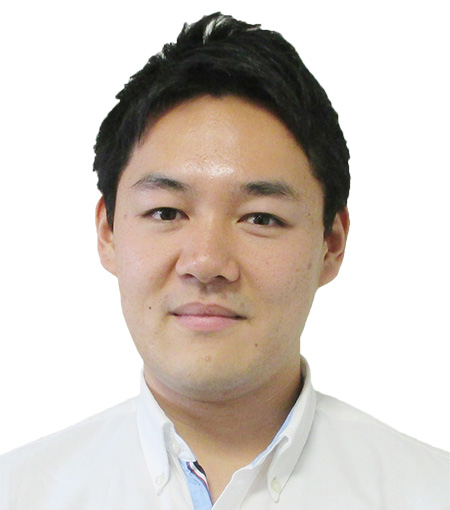
Assistant Professor
Cancer Research Institute
Kanazawa University
Outline
Intracellular communication is essential for coordinating physiological functions in all multicellular organisms. In this project, I focus on the function of DNA in intercellular communication and propose a new concept of “Intercellular communication through signaling DNA”. Furthermore, I aim to control various life phenomena such as development and diseases by manipulating signaling DNA.
Chikako Okubo
Identification of novel non-canonical translated products in cellular aging
Grant No.:JPMJAX2222
Researcher
Chikako Okubo
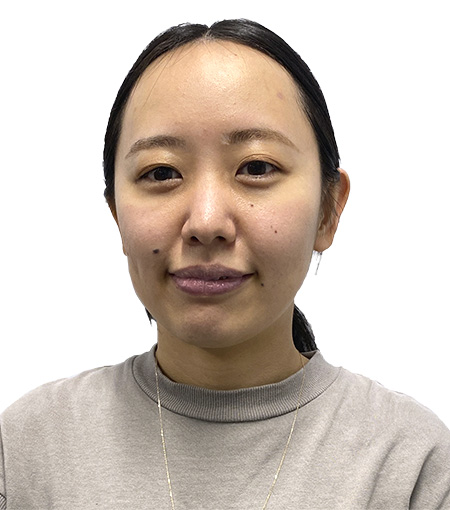
Research Fellow
Center for iPS Cell Research and Application
Kyoto university
Outline
Recently, it has been revealed that there are non-canonical translated products in cells, that do not undergo a standard translation process. It is possible that these non-canonical translated products contain functional substances related to human aging. In this study, we will perform a cross-sectional multi-omics analysis using a human induced pluripotent stem cell model of premature aging disease (Progeria) to detect non-canonical translated products and evaluate their regulatory mechanisms in aging.
Honoka Obata
Development of radioplatinum compounds targeting dysregulated genomic factors
Grant No.:JPMJAX2223
Researcher
Honoka Obata

Senior Researcher
Institute for Quantum Medical Science
National Institutes for Quantum Science and Technology
Outline
Auger electrons induce nanoscale physiochemical damage to DNA, enabling a novel molecular scale radiation therapy by modifying Auger electron emitters as a targeting agent. The present research aims to develop Auger electron emitting radioplatinum compounds that bind to and damage genes or DNA binding proteins involved in the dysregulated genome maintenance mechanism of cancer cells (e.g., amplified transcription factors). In addition to clarifying the DNA damaging effect, cellular cytotoxicity, and therapeutic effects of the compounds, we will demonstrate a novel strategy to induce DNA damage response signaling and activation of anticancer immunity from the genome breakage created by the Auger electrons.
Yoshimasa Kawaguchi
Development of coacervate for intracellular delivery of antibodies and regulation of intracellular liquid-liquid phase separation
Grant No.:JPMJAX2224
Researcher
Yoshimasa Kawaguchi
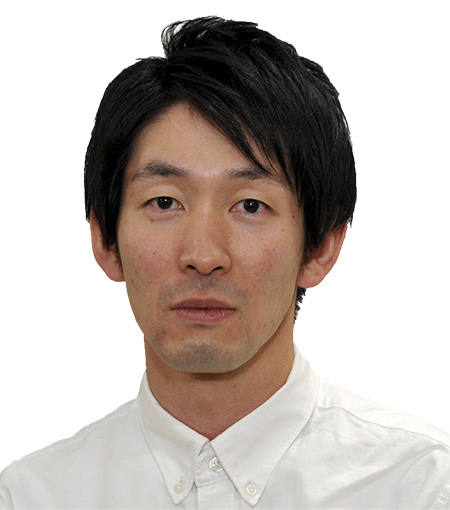
Assistant Professor
Institute for Chemical Research
Kyoto University
Outline
Membraneless organelles are often enriched in intrinsically disordered proteins (IDPs), which play an important role in driving phase separation in cell. An antibody can be a useful reagent for biochemical and pathological characterization of IDPs. However, antibodies have difficulties in penetrating through cell membranes, the target of antibody is limited to extracellular or cell surface proteins. This study aims to develop peptide-antibody coacervate as a highly efficient and versatile antibody intracellular delivery platform to control intracellular liquid-liquid phase separation.
Riku Kawasaki
Induction of abscopal effect using carborane nano-assembly for refractory cancer treatment.
Grant No.:JPMJAX2225
Researcher
Riku Kawasaki

Associate Professor
Graduate School of Advanced Science and Engineering
Hiroshima University
Outline
In this work, methodology to induce abscopal effect, which is expected as a promising modality to approach refractory cancer including metastasis cancer, will be developed by using nanotechnology. To induce abscopal effect, carborane nano-assembly, which possess protein loading capacity and ability to manipulate the size, morphology, and chirality, will be used to deliver both boron agents and immune checkpoint inhibitors to tumor tissue with high specificity and efficiency.
Hina Kosakamoto
Discovery and development of internal and synthetic amino acid sensor
Grant No.:JPMJAX2226
Researcher
Hina Kosakamoto
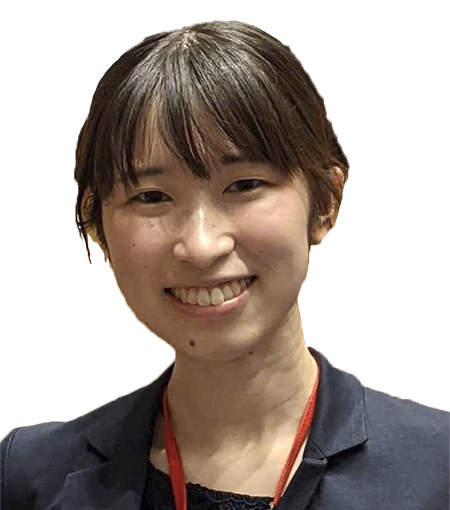
Special Postdoctoral Researcher
Biosystems Dynamics Research
RIKEN
Outline
Amino acid sensing is essential for adaptation to a changing nutritional environment. This study aims to elucidate the mechanism of the adaptive response to protein restriction triggered by the sensing of the nonessential amino acid tyrosine. To identify tyrosine-sensor, functional evaluation of a candidate nuclear receptor and genome-wide screening will be conducted. Moreover, by creating artificial in vivo aptamer-type biosensors that can monitor intracellular tyrosine dynamics, I aim to gain a clearer understanding of the behavior and function of the amino acids in our body.
Kazuki Sato
Identification of anti-nematode compounds and their biosynthetic genes induced by plant immune responses
Grant No.:JPMJAX2227
Researcher
Kazuki Sato
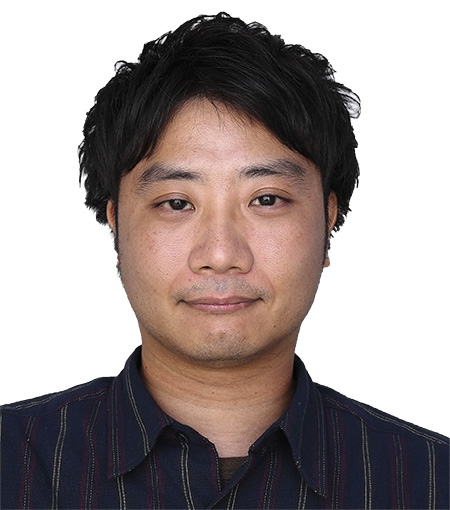
Assistant professor
Graduate School of Frontier Sciences
The University of Tokyo
Outline
Plants produce a variety of metabolites to protect themselves from pathogen and insect attack, but little is known about what anti-nematode compounds are produced in response to plant parasitic nematode infestion. In this project, I’m going to identify anti-nematode compounds and their biosynthetic genes in Solanum torvum, a nematode-resistant rootstock. In addition, I’m going to utilize genes and biosynthetic pathways related to anti-nematode compound production to confer nematode resistance to other plant species. This project will enable the creation of human- and environment-friendly nematode control technology based on plant-derived nematode control agents.
Taiga Takahashi
Ultra large-scale imaging of the living mouse brain utilizing fluoropolymer nanosheet and its application to mouse models in neurological disorders
Grant No.:JPMJAX2228
Researcher
Taiga Takahashi
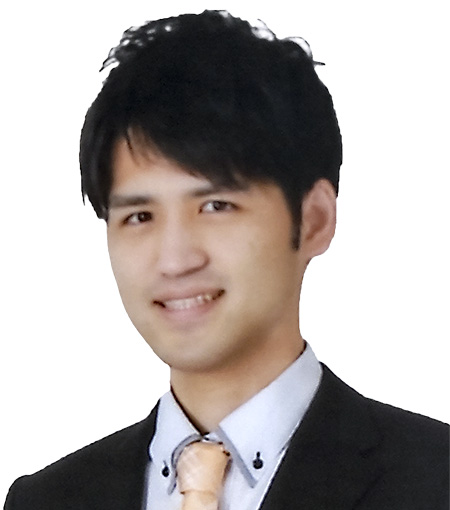
Assistant Professor
Faculty of Advanced Engineering
Tokyo University of Science
Outline
To reveal the mechanism of brain function and neurological disorders, it is necessary to measure functional connectivities among multiple brain regions as well as the activity of a single neuron in identical brain. In this study, I will develop a novel method for ultra-large-scale optical imaging in the living mouse brain from the anterior to the posterior region at the single neuron resolution. This method utilizes transparent and biocompatible nanosheets, adaptive optics techniques, and a novel cell labeling method. Finally, I will apply the novel method to mouse models of neurological disorders to elucidate the pathophysiology.
Takahiro Tsuji
Development of opto-omics, to explore the molecular basis of the brain microenvironment and cancer cells
Grant No.:JPMJAX2229
Researcher
Takahiro Tsuji

Visiting Researcher
Graduate School of Medicine
Nagoya University
Outline
In vivo imaging can visualize biological phenomena and is expected to reveal structural and physiological changes not captured by transomics analysis. However, the molecular basis of the captured phenomena cannot be revealed by visualization. In this research proposal, a new methodology, “opto-omics,” will be developed which enables us to extract comprehensive expression data of cells of interest that is visualized 2-photon in vivo imaging technology. This new technology will allow us to construct a high-throughput system for identifying therapeutic targets from in vivo single-cell imaging. This technology will be expanded into many areas where in vivo imaging based research is already established, such as neuroscience and immunology.
Sayaka Deguchi
Establishment of gut-liver axis model to study organ-organ interactions
Grant No.:JPMJAX222A
Researcher
Sayaka Deguchi
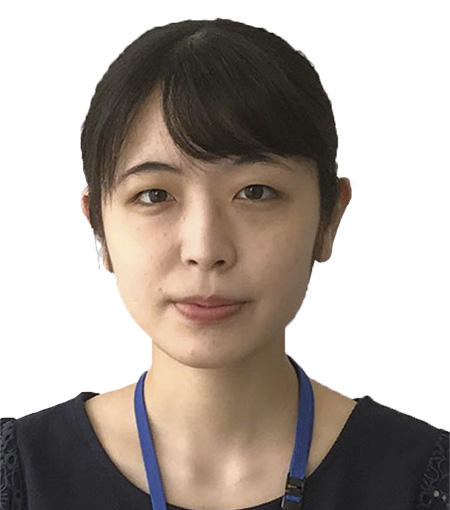
Program-Specific Assistant Professor
Center for iPS Cell Research and Application
Kyoto University
Outline
In this research, I will establish a gut-liver axis model which recapitulates the enterohepatic circulation of bile acids to study the effect of bile acid homeostasis on human diseases. Firstly, a liver-on-a-chip will be developed by co-culturing hepatocytes and cholangiocytes in the microfluidic devices to recapitulate bile acid metabolism in the liver. Secondly, a gut-on-a-chip will be developed by co-culturing intestinal epithelial cells and microbiomes. Finally, a liver-on-a-chip and a gut-on-a-chip are connected to recapitulate the enterohepatic circulation of bile acids. By using this model, I would like to examine whether the hepatic and intestinal functions are impaired by the alteration of bile acid compositions.
Naoomi Tominaga
The development of detection method that lead to drug discovery from genome information.
Grant No.:JPMJAX222B
Researcher
Naoomi Tominaga
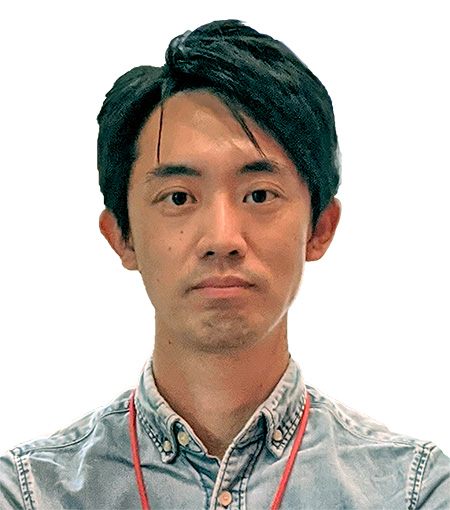
Assistant Professor
Graduate School of Medicine
Yamaguchi University
Outline
Mutations and diversity of genome were discovered based on accumulated genome information. It can lead to onset of a disease through decreased amounts of proteins on cell membrane that are caused by a few mutations on genome. However, this genome information does not be utilized for drug discovery, satisfyingly. For that reason, a standard assay that can quantify the amount of localization of proteins is required; it should be easy, fast, and accurate. This project aims to establish new method that can be used for 1: quantification of protein amounts on the membrane localization, and 2: drug screening. The new method will be uncovered the differences in the localization amount related to genome sequence, and accelerating the drug discovery.
Michitada Hirano
The rejuvenation of pancreatic islet for therapy and prevention of diabetes
Grant No.:JPMJAX222C
Researcher
Michitada Hirano
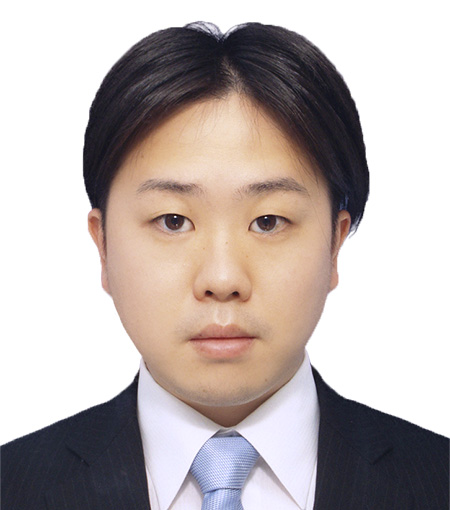
Visiting Researcher
Graduate School of Medicine
The University of Tokyo
Outline
The development of therapies for diabetes mellitus, an age-related disease, is an urgent issue for our country. In this study, I focus on senescent islet cells, which accumulate with aging, and will identify molecules and pathways critical for aging by comprehensive analysis of these islet cells. Next, the identified aging characteristics will be rejuvenated by inducing MYCL-mediated reprogramming in aged islet cells. Furthermore, we will search for innovative preventive and therapeutic drugs for diabetes through screening targeting reprogramming.
Shingo Hiroki
Identification of gene cascades which drive dynamics of aging.
Grant No.:JPMJAX222D
Researcher
Shingo Hiroki

Researcher
Department of Basic Medical Sciences
Tokyo Metropolitan Institute of Medical Science
Outline
Aging progresses in a certain temporal dynamics. Then, what shapes this temporal dynamics? In this study, we hypothesize that the main machinery involve the ‘gene cascades’, in which changes in one gene lead to changes in other genes. Based on this assumption, this study aims to identify the gene cascades using the nematode C. elegans which has a short lifespan. By sampling C.elegans every several hours over their life history, the sequence of gene changes during aging can be obtained.
Kentaro Hirose
Identification of a novel ubiquinone regulatory mechanism for heart failure therapy
Grant No.:JPMJAX222E
Researcher
Kentaro Hirose

Researcher
Research Institute
National Cerebral and Cardiovascular Center
Outline
Ubiquinone, also known as coenzyme Q, is a fat-soluble molecule with potential therapeutic effects on heart failure, while its regulatory mechanism remains unclear. We have found that an uncharacterized ubiquinone-binding protein that may inhibitoryly regulate ubiquinone functions. In this study, we will elucidate the function of this ubiquinone-binding protein. Eventually, we aim to develop a novel therapy for heart failure by high functionalization of ubiquinone.
Masahiro Fukuda
Molecular mechanisms of light-regulated membrane transport
Grant No.:JPMJAX222F
Researcher
Masahiro Fukuda
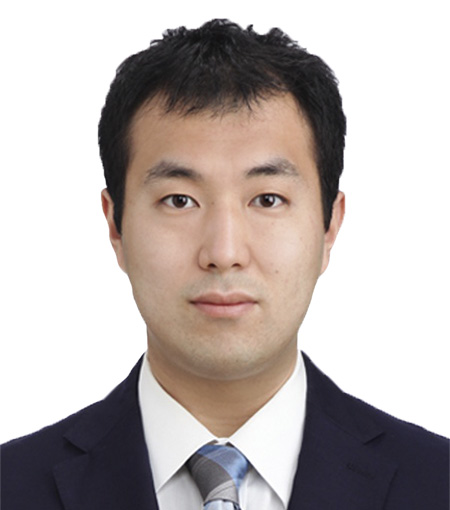
Assistant Professor
Research Center for Advanced Science and Technology (RCAST)
The University of Tokyo
Outline
Optogenetic techniques have been developed to allow manupulate over the activity of of neurons or other cell types, using a combination of genetic engineering and light. The aim of this project is to develop an innovative optogenetics toolset with high applicability and scalability, which can transport various types of small molecules with light.
Kyohhei Fujita
Development of fluorescent probes enabling the discovery of diagnostic and therapeutic biomarker glycosyltransferase activities
Grant No.:JPMJAX222G
Researcher
Kyohhei Fujita
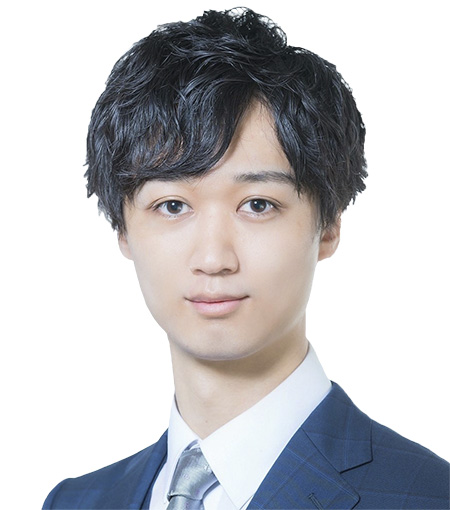
Assistant Professor
Graduate School of Medicine
The University of Tokyo
Outline
Glycosyltransferases play vital roles in various biological phenomena and diseases. However, efficient molecular probes to detect their activities are currently unavairable. In this study, I aim to establish a new design strategy for molecular probes detecting glycosyltransferase activities, and to find efficent diagnostic and therapeutic biomakers, thereby allowing to deepen the understanding of the world of glycobiology.
Yuuki Fujiwara
Studies toward regulation of aging through a novel intracellular degradation system
Grant No.:JPMJAX222H
Researcher
Yuuki Fujiwara

Assistant Professor
United Graduate School of Child Development
Osaka University
Outline
We have recently identified a novel type of intracellular degradation pathway through lysosomes, which we termed direct-uptake-via/through-membrane-protein (DUMP), and reported together with a progressive disease harboring accumulation and aggregation of intracellular proteins, caused by DUMP dysfunction. In the present study, I aim to elucidate mechanisms behind DUMP and its contributions to cellular homeostasis, as well as to explore compounds and methods that can induce DUMP and applied for prevention and treatment of aging and age-related diseases.
Ryo Matsunaga
Data-driven design of specific molecular recognition sites
Grant No.:JPMJAX222I
Researcher
Ryo Matsunaga

Assistant Professor
Graduate School of Engineering
The University of Tokyo
Outline
Antibodies are molecular recognition elements produced by living organisms in vivo. In many cases, antibodies that bind to antigen of interest can be obtained by animal immunization; therefore, antibodies have never been designed from scratch from a physicochemical viewpoint. On the other hand, small moleules that bind specifically to their targets are designed based on physicochemical analysis. In this study, I aim to establish a data-driven antibody design method based on high-throughput physicochemical analysis, inspired by this specific small molecule design method.
Takahito Miyake
Developing molecular biological tools to elucidate efferent neural circuits from the SCN
Grant No.:JPMJAX222J
Researcher
Takahito Miyake

Associate Professor
School of Biological and Environmental Sciences
Kwansei Gakuin University
Outline
The suprachiasmatic nucleus of the hypothalamus (SCN) plays a central role in the generation and regulation of biological rhythms, such as body temperature, sleep, and other hormones. The neural pathway by which the SCN sends a ‘time cue’ to other brain regions for the biological rhythm orchestration is, however, still under debate. To uncover the previousy uncharacterized neural circuits from the SCN, in this project, I develop molecular biological tools which enable us to label a subset of neurons and manipulate their activity. The findings obtained from this project will provide therapeutic strategies to reboot and restore the decreased amplitude of biological rhythms due to aging.
Akira Murakami
Development of a novel omics approach based on the local intracellular temperature
Grant No.:JPMJAX222K
Researcher
Akira Murakami
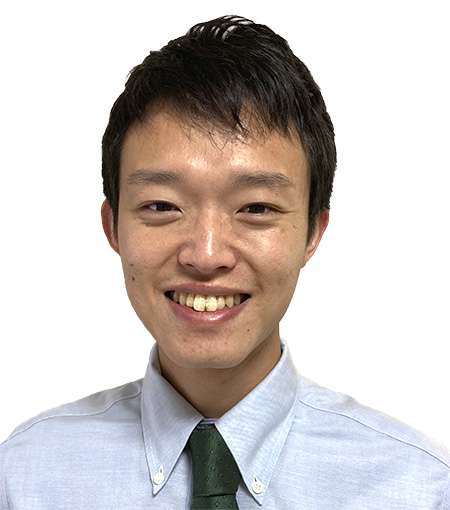
Assistant Professor
School of Pharmaceutical Sciences
University of Shizuoka
Outline
In living cells, biomolecular dynamics are strictly regulated for the precise execution of cellular functions. However, the molecular mechanism underlying the spatial regulation of biomolecules remains unknown. This research work is aimed at developing a novel material for omics analyses based on the temperature inside a single cell. This material can achieve proximity protein labeling and local heating simultaneously. Using this material, I aim to identify proteins whose localization is affected by local fluctuations in intracellular temperature and elucidate the localization of cellular functions based in the intracellular temperature at specific sites.
Hidetomo Yokoo
Advanced use of nanoparticle-based protein degrader
Grant No.:JPMJAX222L
Researcher
Hidetomo Yokoo

Visiting Lecturer
Graduate School of Medical Science
Kyoto Prefectural University of Medicine
Outline
Targeted protein degradation (TPD), which is a modality to degrade proteins and inhibit their functions, is expected to be pharmaceuticals and basic life science research tools. PROTAC which is one of these technologies emerged as a novel therapeutic strategy. However, it is necessary to develop delivery system for pharmaceutical applications of PROTAC which delivers the appropriate amount of PROTAC to the targeted location. In addition, there is the problem that their degradation activity depends on the condition of E3 expressed in the cells. To overcome these limitations, this study will be converted PROTAC into nanoparticles and develop the nanoparticle-based PROTAC that can control the function of E3 in the cells.













